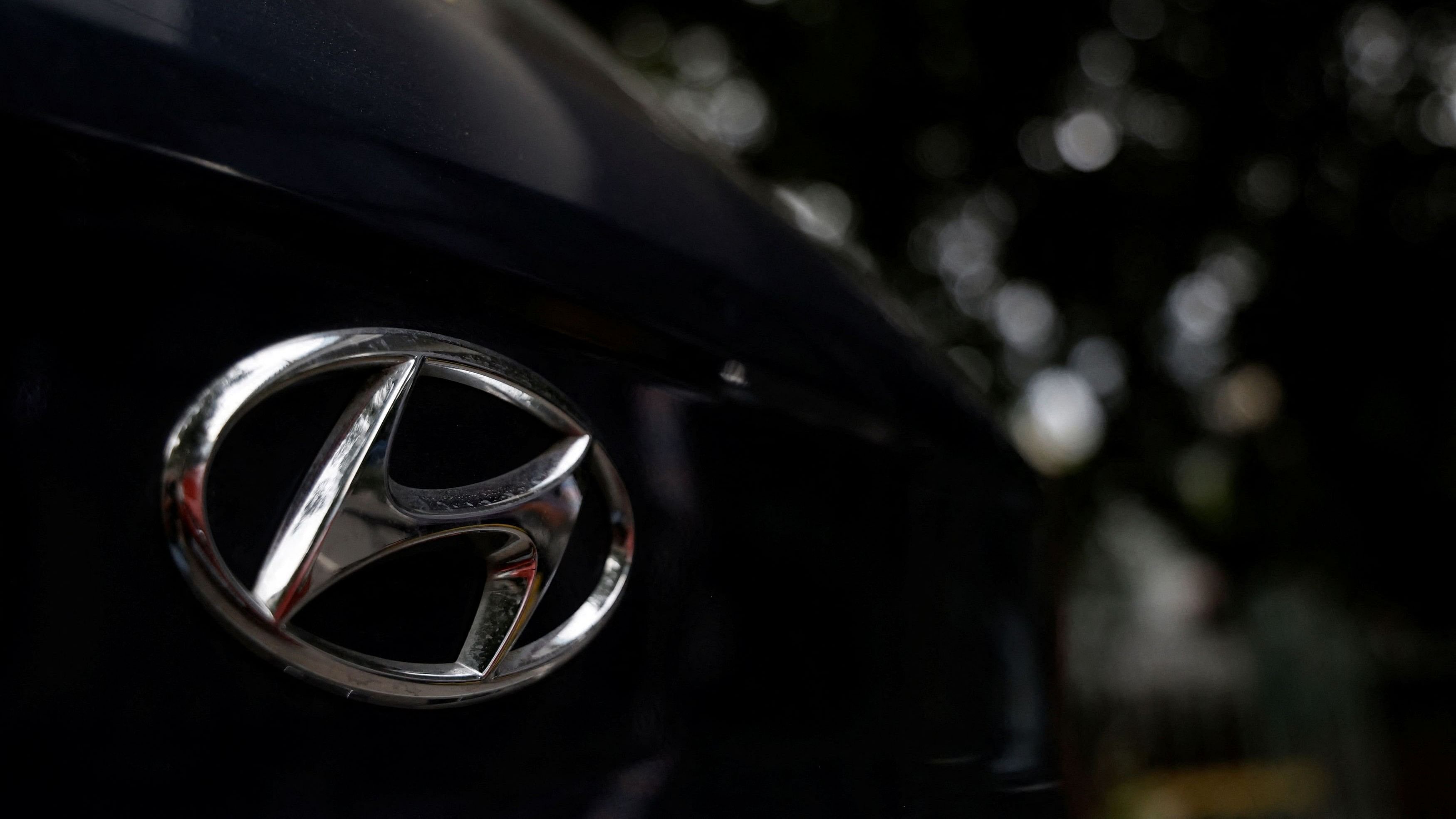
Logo of Hyundai Motor Group on a car outside an automobile showroom is pictured in New Delhi, India, September 6, 2024.
Credit: Reuters Photo
New Delhi: Hyundai Motor India Ltd (HMIL), the Indian arm of South Korean automaker Hyundai, on Wednesday said it has fixed a price band of Rs 1,865-1,960 per share for its Rs 27,870 crore initial public offering (IPO) that opens for subscription on October 15.
This would be the largest IPO in India, surpassing LIC's initial share sale of Rs 21,000 crore.
HMIL's initial share-sale will conclude on October 17 and the bidding for anchor investors will open for a day on October 14, the company announced.
The proposed IPO is entirely an offer-for-sale (OFS) of 14,21,94,700 equity shares by promoter Hyundai Motor Company, with no fresh issue component.
This development marks a significant milestone for the Indian industry, as it is the first initial share sale of an automaker in over two decades, following Japanese carmaker Maruti Suzuki's listing in 2003.
The South Korean parent is diluting some of the stake through the OFS route. Since the public issue is completely an OFS, Hyundai Motor India Ltd, the second largest carmaker in India, after Maruti Suzuki India, will not receive any proceeds from the IPO.
HMIL stated that it expects that the listing of the equity shares "will enhance our visibility and brand image and provide liquidity and a public market for the shares".
At the upper end of the price band, the IPO size has been pegged at Rs 27,870 crore and the company's market valuation at around Rs 1.6 lakh crore post-issue.
HMIL commenced operations in India in 1996 and is selling 13 models across segments.
The IPO launch comes at a time when the primary market is experiencing strong interest from both issuers and investors across various sectors.
Moreover, 63 companies have already mobilised around Rs 64,000 crore collectively via mainboard, marking a 29 per cent increase from Rs 49,436 crore collected by 57 firms through the route in the entire 2023.
The strong momentum in IPO markets is driven by several key macroeconomic, sector-specific factors and willingness of funds to look at new ideas which is partially led by strong inflows into domestic mutual funds as well as the robust capital formation across corporate India, experts say.